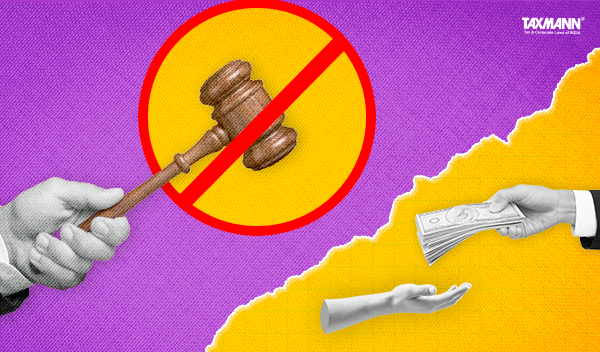No Concealment Penalty if Assessee Agreed to Additions and Already Paid Taxes Before Assessment Proceedings | ITAT
- Blog|News|Income Tax|
- 2 Min Read
- By Taxmann
- |
- Last Updated on 10 June, 2024

Case Details: DCIT vs. Mitsubishi Heavy Industries - VST Diesel Engines Pvt. Ltd. - [2024] 163 taxmann.com 189 (Bangalore-Trib.)
Judiciary and Counsel Details
- Laxmi Prasad Sahu, Accountant Member & Keshav Dubey, Judicial Member
- Ankith, CA for the Appellant.
- Subramanian S., Addl. CIT-DR for the Respondent.
Facts of the Case
The assessee company filed its return of income for the relevant assessment year, declaring total income. Subsequently, the assessee filed the revised return of income after the receipt of the Rectification Order and Mutual Agreement Procedure (MAP) Orders for the earlier years. After the receipt of an Order giving effect (OGE) to MAP Resolution Order for the current year, the assessee again prepared the revised computations and paid the additional tax liability voluntarily but could not file the revised return of income again as the time limit for filing the revised return was barred by time.
The Assessing Officer (AO) passed an order under section 143(3) making additions to the income, and the matter was transferred to the Joint Commissioner of Income Tax (JCIT) for levy of penalty under section 271(1)(c). The JCIT contended that the assessee furnished inaccurate particulars of income and levied the penalty accordingly.
Aggrieved by the order, the assessee preferred an appeal to the Bangalore Tribunal.
ITAT Held
The Tribunal held that the assessee filed the revised income return after receiving the order giving effect (OGE) to the MAP resolution order for the relevant assessment year. The assessee made additional tax payments suo-moto, but it could not file the revised return of income as the time limit for filing the revised return was over. It was a fact on record that the disallowance arose owing to/consequent to the passing of the order by the AO, which affected the MAP Resolution in the assessee’s case for the relevant assessment year.
The underlying additions/disallowances for the levy of penalty did not concern furnishing inaccurate particulars of income when filing the return for the year under consideration. Therefore, merely because the Assessment Order was passed based on additions/disallowances & the assessee agreed to the addition & already paid the taxes along with the interest way before the initiation of the Assessment Proceedings, it could not be inferred that the assessee furnished inaccurate particulars of income.
Accordingly, the penalty was deleted.
Disclaimer: The content/information published on the website is only for general information of the user and shall not be construed as legal advice. While the Taxmann has exercised reasonable efforts to ensure the veracity of information/content published, Taxmann shall be under no liability in any manner whatsoever for incorrect information, if any.



 CA | CS | CMA
CA | CS | CMA
